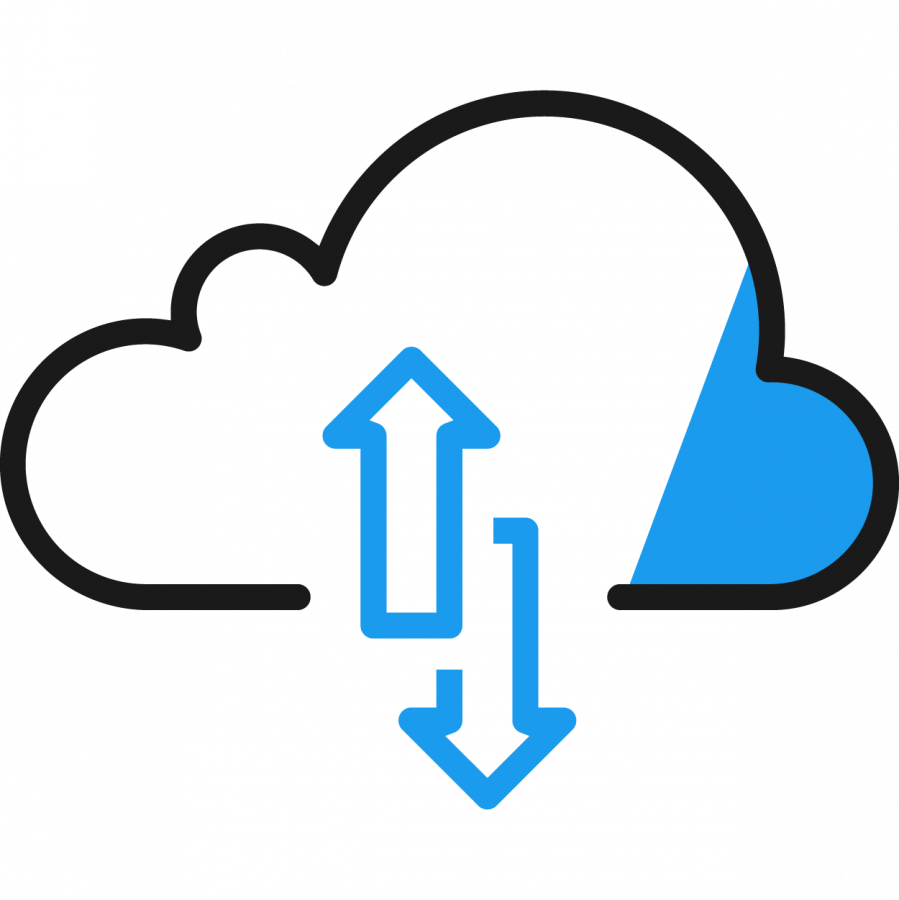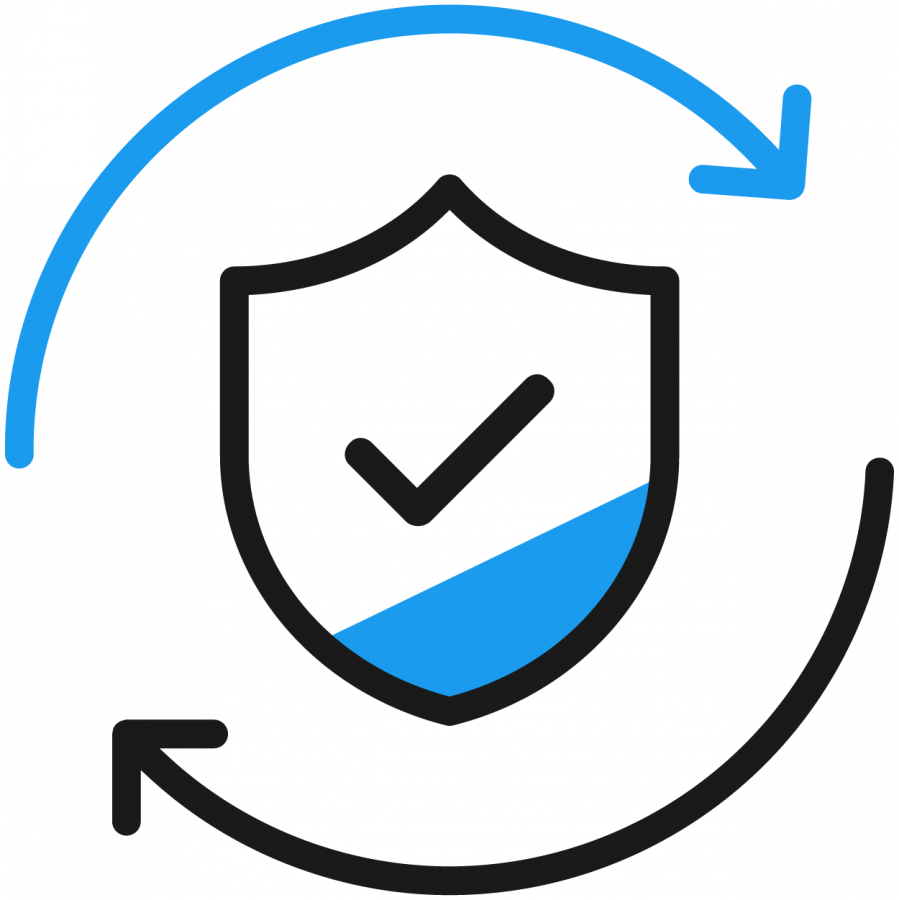Fight back: Don’t let sophisticated cyberattacks shut your business down
You may have the best infrastructure in the world, but unless your business is adequately protected against the threat of cyberattacks, it will be vulnerable. The costs of experiencing such an attack will have a significant and detrimental effect on your business, like revenue loss and low customer satisfaction levels impacting your bottom line, not to mention the breaching of sensitive information and data. This is why it is so important to proactively arm your business with the right type of ransomware defence to protect against cyberattacks.
Combat these silent attacks
Having the right type of ransomware defence at your disposal is imperative so that businesses can be more than adequately prepared, focusing on minimising costly downtime and ensuring immediate recovery for business continuity and business resilience. Consistent modernisation and upgrading of aging infrastructure are key in combating these silent attacks.
No business is exempt from being a target of these kinds of attacks. A well-known Australian news network was a target of such an attack, resulting in the network being taken off the air for over 24 hours, severely disrupting their ability to broadcast news and current affairs, and causing a shutdown to their website. The attack, which was described as sophisticated and calculated, is the largest cyber-attack on an Australian media company to date. If this news network had taken a serious approach in upgrading and protecting their infrastructure, they could have prevented an attack of this nature from happening. Although no ransom was demanded, the attack could have escalated very quickly into a ransomware demand.
So, what can you do to protect your business’ continuity and resilience from cyberthreats and ransomware attacks?
It is important to be prepared for outages and unexpected crises. Preparing and arming your business with the right type of ransomware defence to protect against ransomware attacks by setting up better cloud data management is key in being proactive in combating these cyberthreats.
Ransomware writers are aware that backups are an effective defense and are modifying their malware to track down and eliminate the backups.
CSO Magazine

Manage your data better by following 5 simple steps:
1. Understand cloud outage risks and create a mitigation strategy
When cloud outages occur, not only is customers’ data inaccessible during downtime, but in severe cases, data may be lost or become irrecoverable. Businesses that invest in cloud solutions should assess the risks associated with cloud outages and concurrently determine effective risk mitigation strategies to cover the expected cost of losses. This may entail creating a business case outlining your data protection challenges and needs.
2. Protect your business with guaranteed SLAs from providers
To protect your business in case of a failure, it is wise to ask cloud service providers for data centre configuration information or to obtain a service-level agreement (SLA) guarantee. Every one of your cloud vendor contracts should ensure that you are well protected and the service provider is accountable for any downtime.
3. Adopt a multi-cloud strategy to avoid significant data loss
Adoption of a multi-cloud strategy is the most effective solution to prevent considerable data loss damage. It hedges your data against a single point of failure by distributing your resources across different service providers or locations. A multi-cloud strategy adds resiliency and redundancy to your network, and can reduce the chances of cloud downtime and data loss. In case of a data centre failure, your workload(s) will failover to the next location safely. A multi-cloud strategy also can increase application performance by physically bringing traffic closer to your end users, which enhances throughput.
4. Ensure cloud provider networks are automated
Automation not only helps enhance productivity, it also helps providers reduce manual tasks associated with human errors. Take a closer look at the IT model your business and providers ascribe to and know their weaknesses. Eliminate weak links to strengthen your business continuity and resilience.
5. Plan for recovery
One essential attribute of effective fall-back plans is to maintain data replicas across various availability zones. This protects organisations against cloud downtime and helps move relevant data across multiple locations during cloud outages. Know about data locality (aka data sovereignty) so you can pinpoint data that is affected by a cloud outage, and as needed, recover in a different location with ease.
Ransomware by the numbers
Did you know:
- Every 14 seconds there are ransomware attacks
- 700% growth since 2016
- 35% of attackers get paid
- US$2B in financial losses
- US$11B in financial, productivity, and downtime losses.
According to global research and advisory company, Gartner, over 90% of ransomware attacks are preventable.
Let us help you
Don’t become a statistic. We can help meet your unique requirements by:

Effectively and securely manage your cloud storage.

Strategising on how best to prevent, detect and respond to a ransomware attack.

Equipping your business against cyber threats and ransomware attacks.
Outcomex ransomware protection powered by Cohesity
Protect your backup against ransomware attacks
Backup is your last line of defence against sophisticated ransomware attacks. Cohesity’s comprehensive anti-ransomware solution protects, isolates, detects, and most importantly, rapidly recovers to reduce downtime and ensure business continuity.
- Reduce attack surface – collapse your data and infrastructure silos onto a single, software-defined platform that reduces accessible points.
- Immutable backups – prevent external systems from targeting your backups with immutability, DataLock (WORM), and RBAC protection layers.
- Data isolation – a simple policy-based automated air gap adds an additional layer of protection against modern ransomware attacks.
- Machine learning-based detection – reduce downtime with early detection after a cyberattack on your IT production environment. Assess the threat impact in real time with machine-driven anomaly detection and accelerate the recovery. Leverage machine learning to detect threats and also recommend a clean copy of the data to recover anywhere.

Download “6 Steps to Better Cloud Data Management”
Learn more about how to combat ransomware attacks and protect yourself from infrastructure vulnerability.
